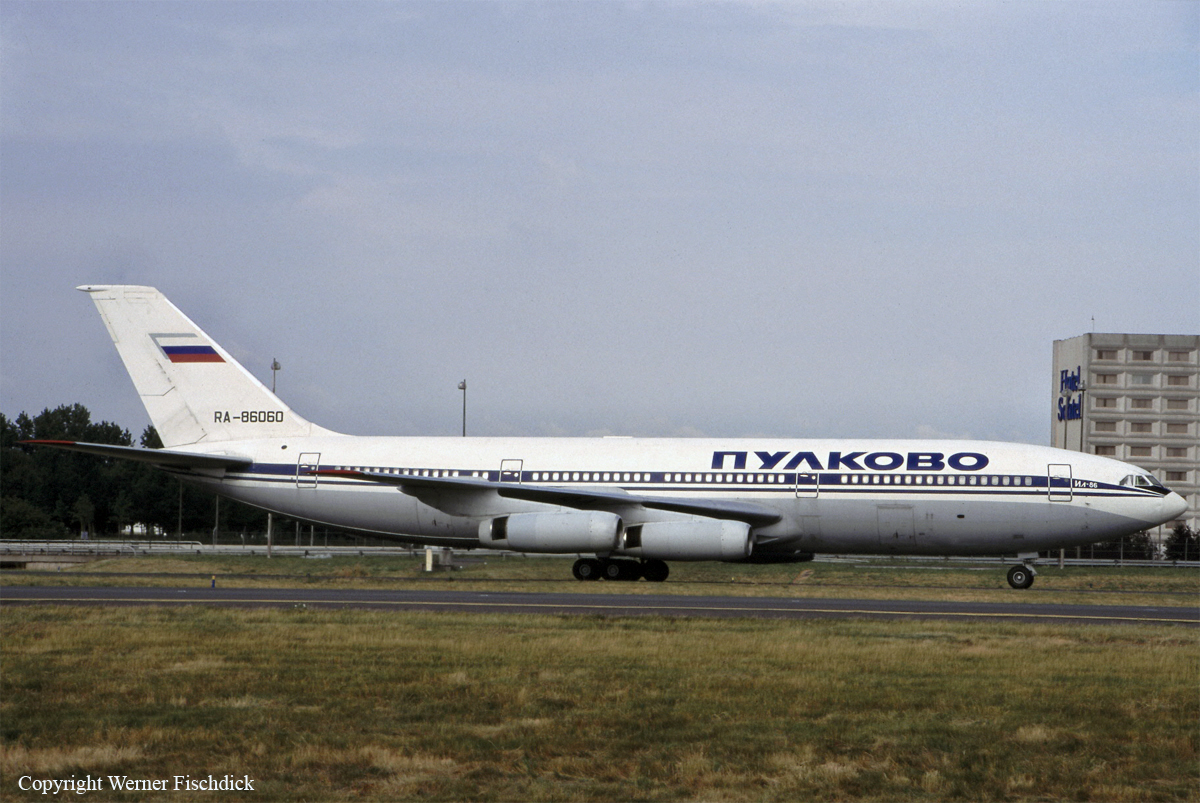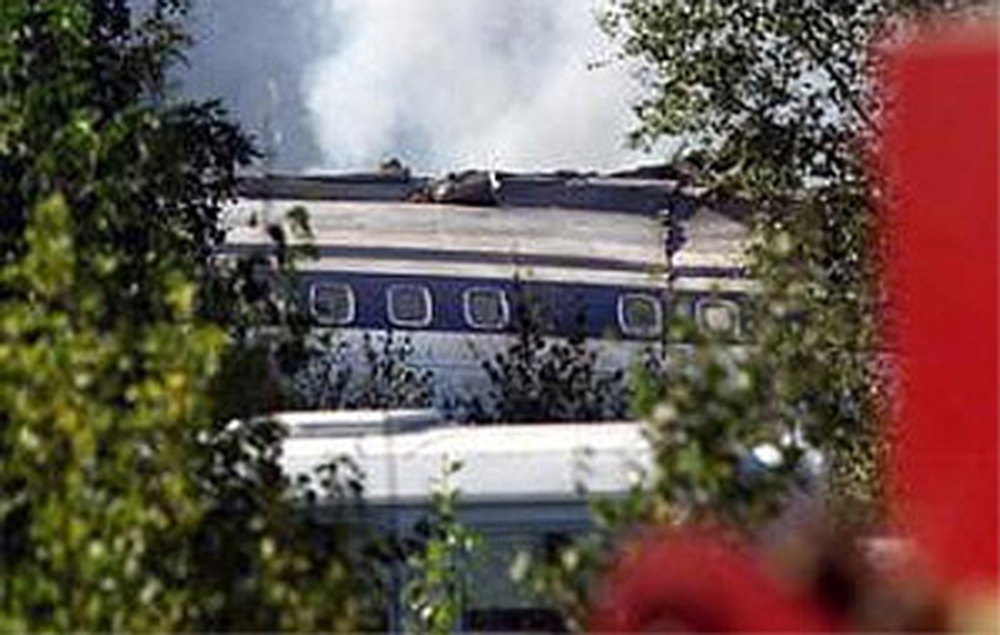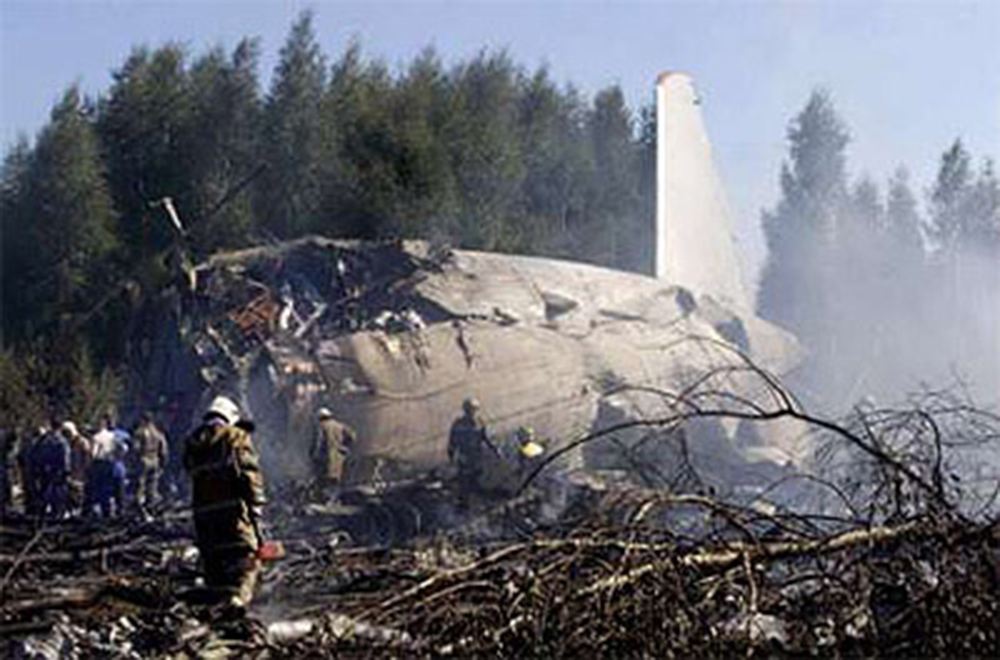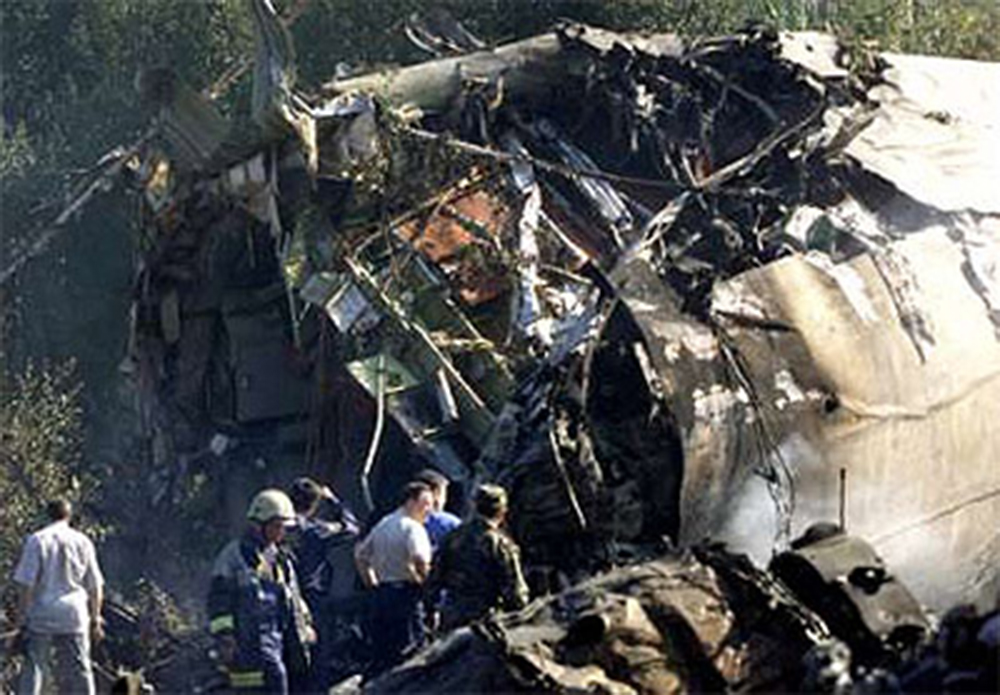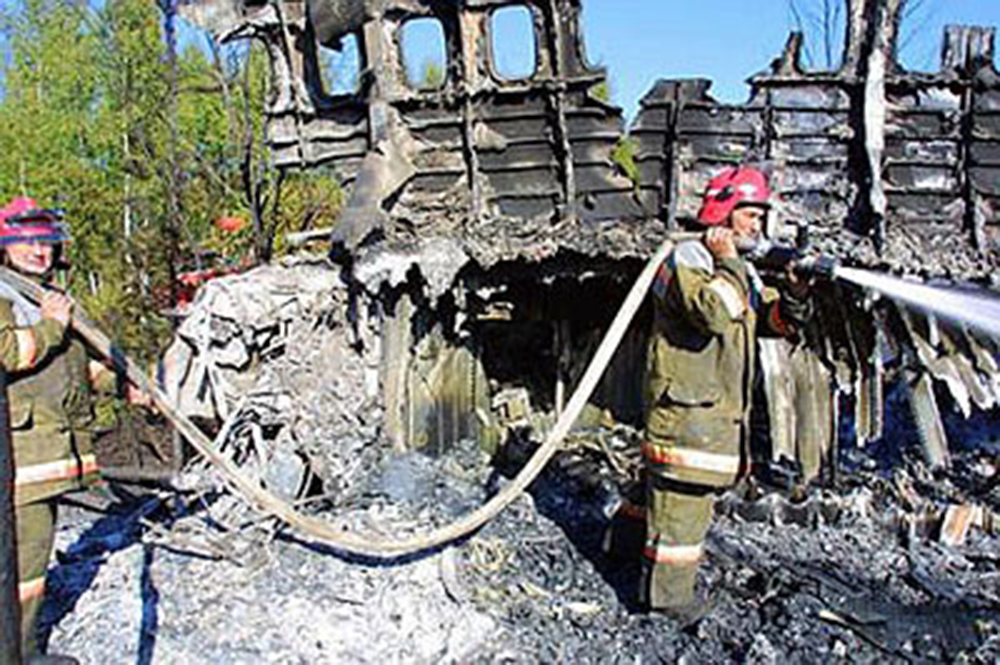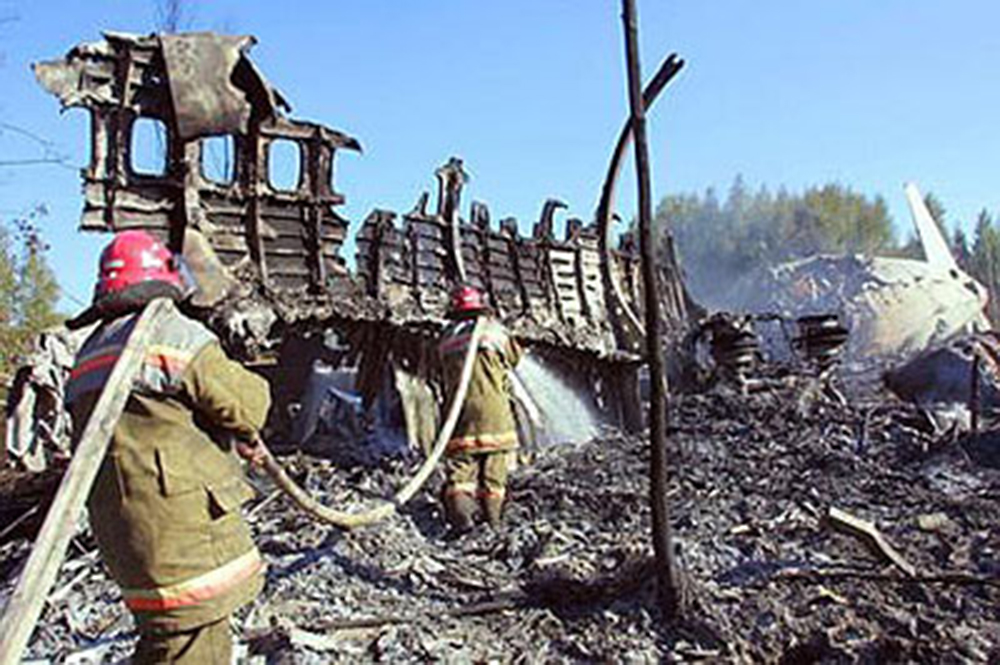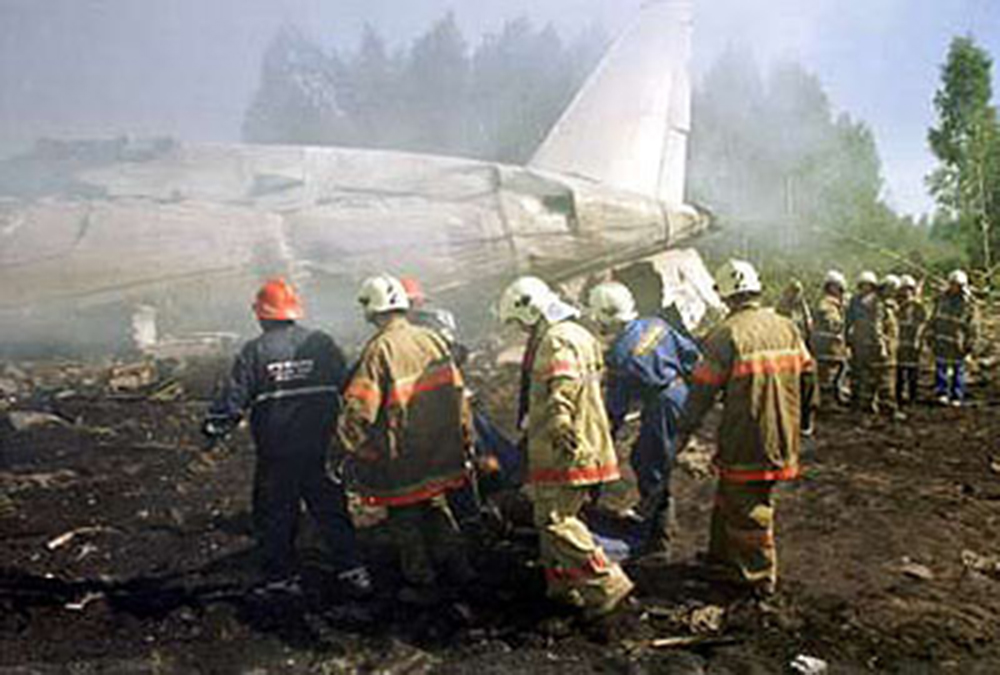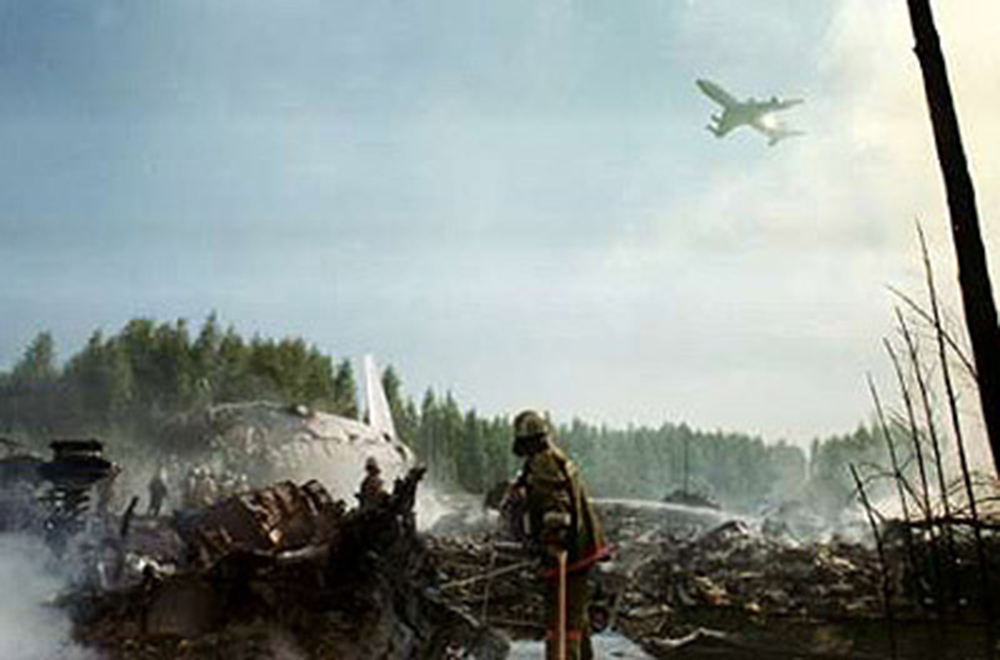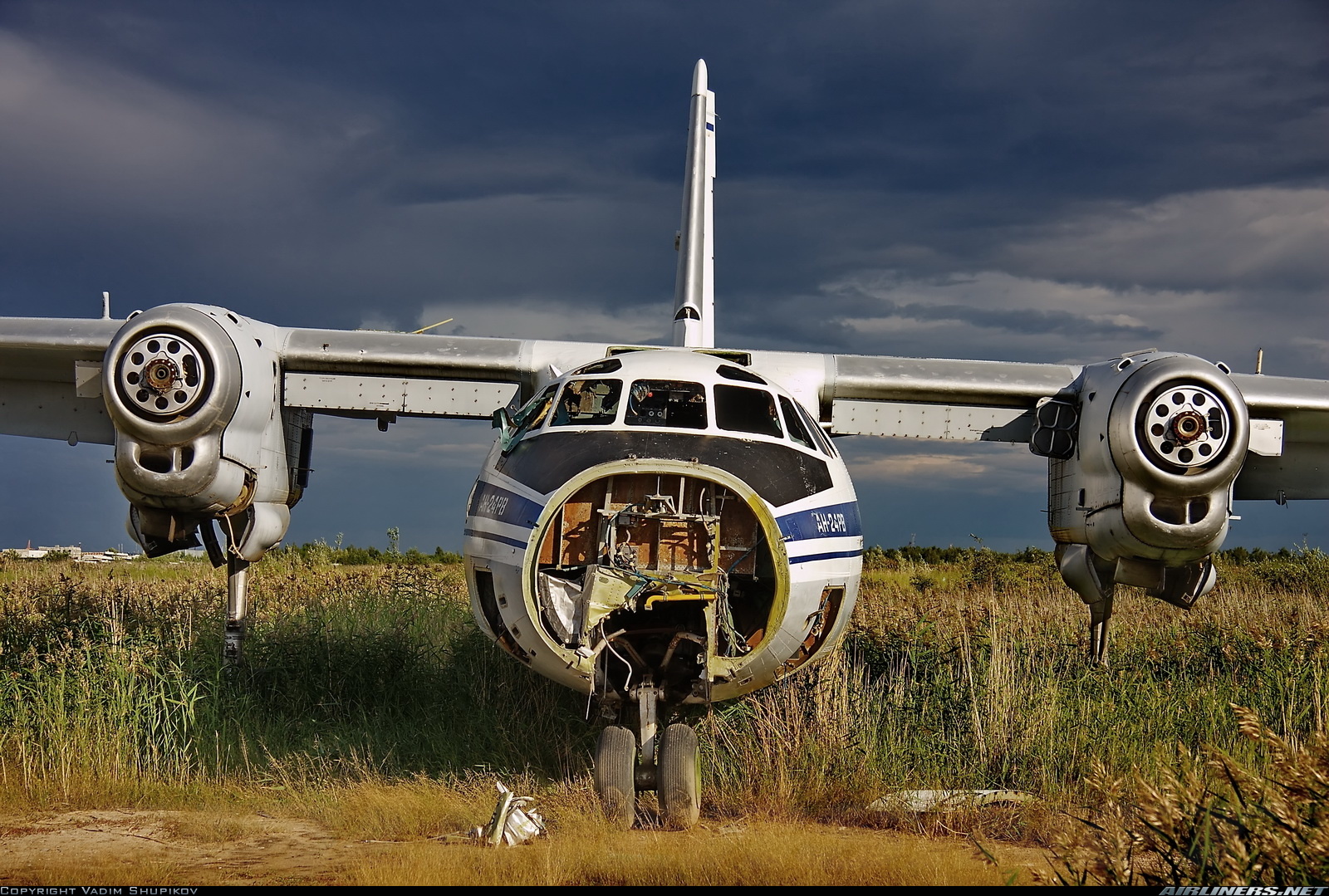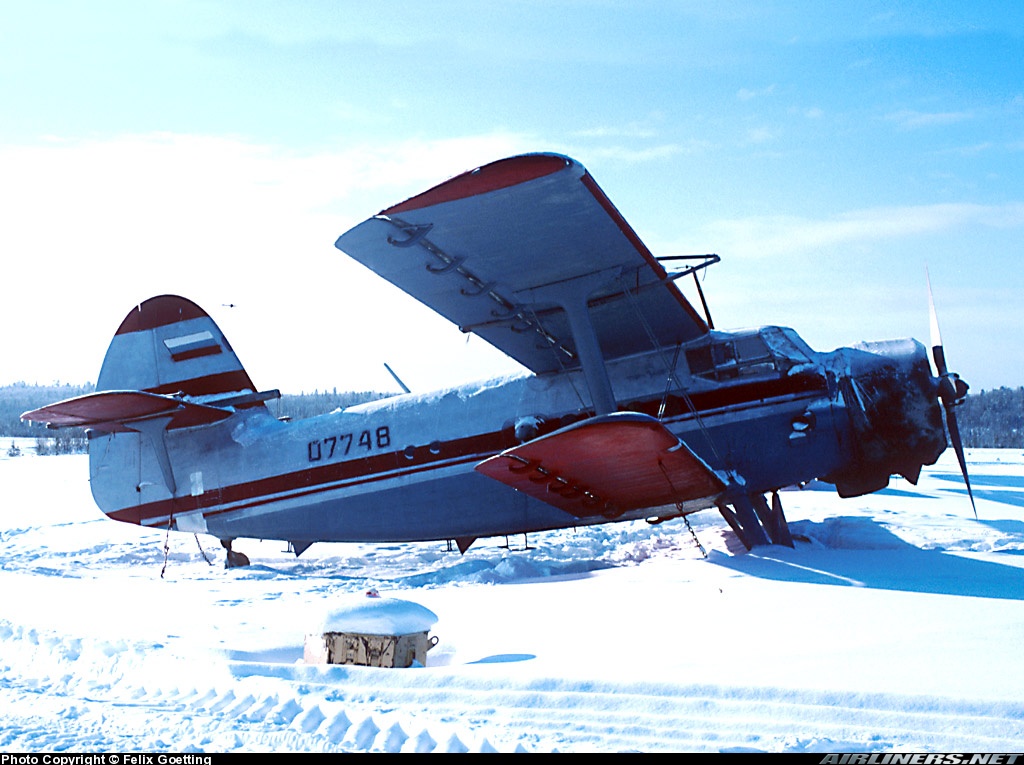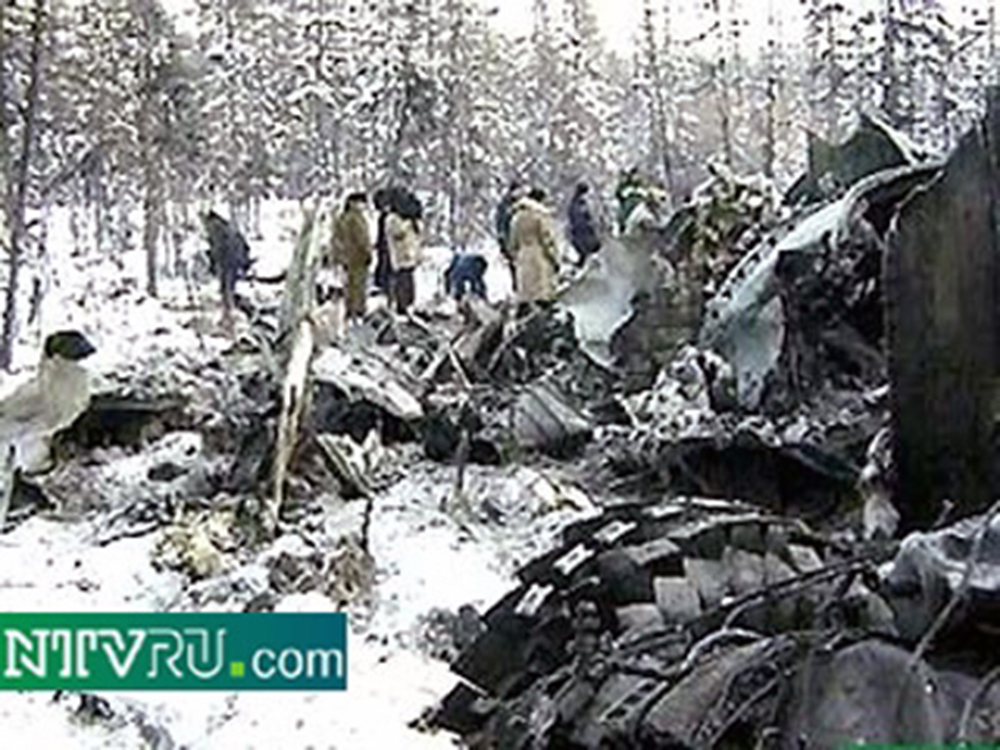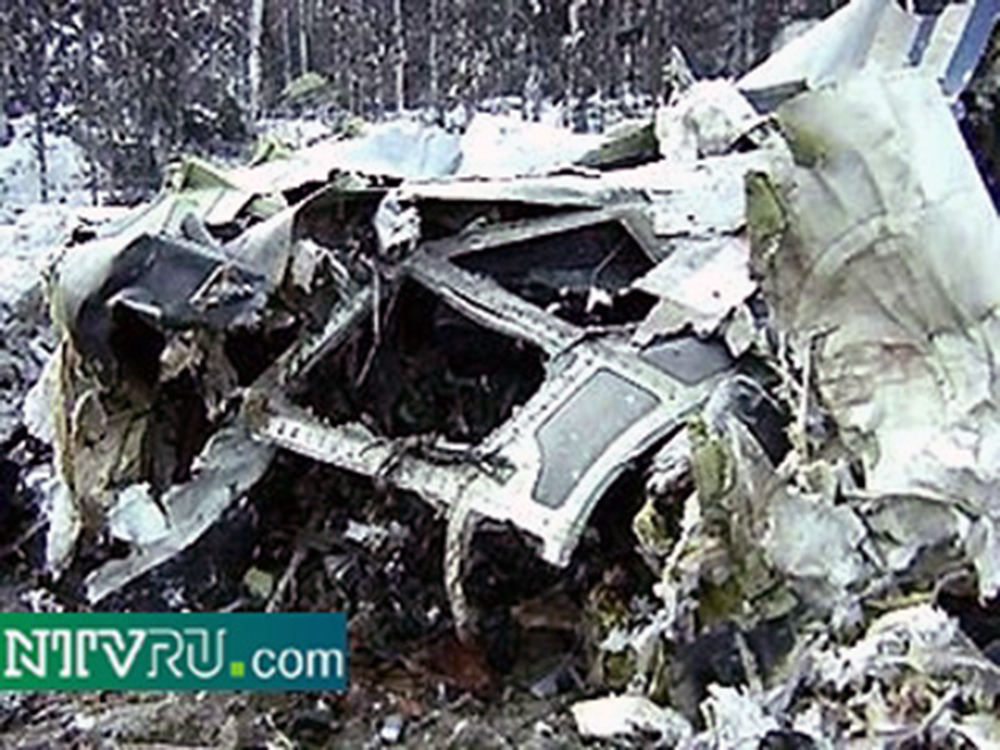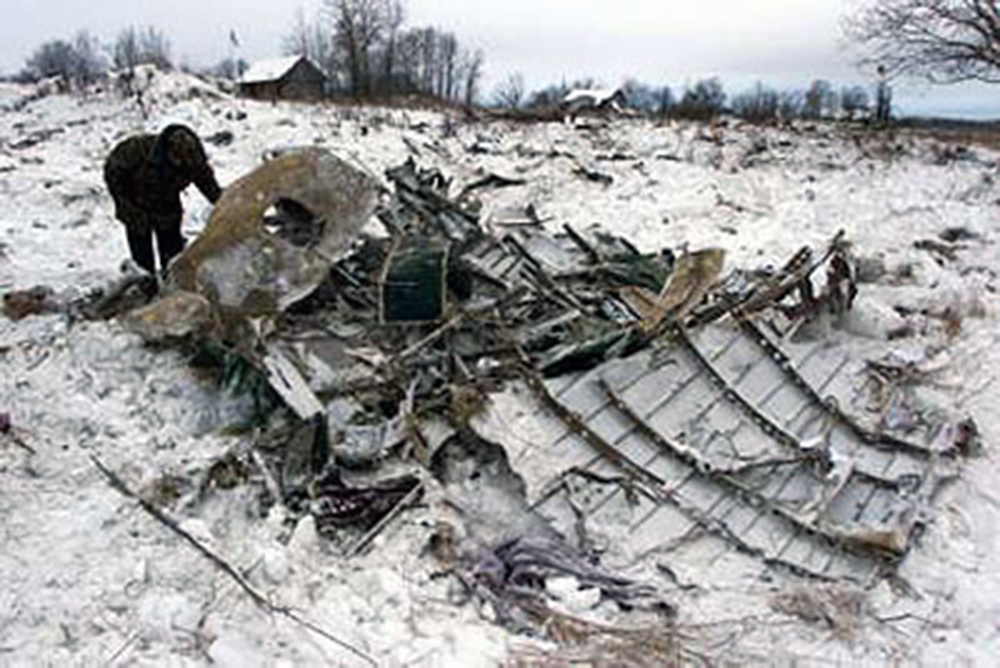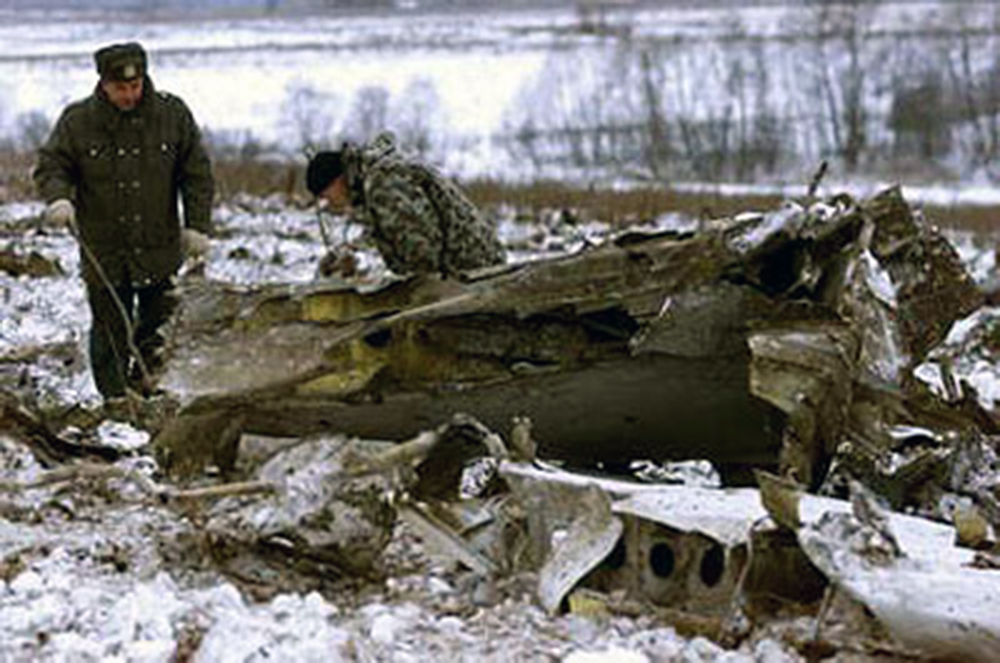Crash of a PZL-Mielec AN-2R in Sladky Liman: 2 killed
Date & Time:
Aug 8, 2002 at 1920 LT
Registration:
RA-33322
Survivors:
No
MSN:
1G225-41
YOM:
1987
Crew on board:
2
Crew fatalities:
Pax on board:
0
Pax fatalities:
Other fatalities:
Total fatalities:
2
Circumstances:
In the evening, a pilot and a technician took off for a local flight. After liftoff, at a height of about 10 metres, the aircraft rolled to the left and impacted the concrete support of a power line then crashed 38 metres further, bursting into flames. Both occupants were killed.
Probable cause:
It was determined that both occupants were intoxicated at the time of the accident. They took off while the ailerons were still locked. Poor flight preparation.


